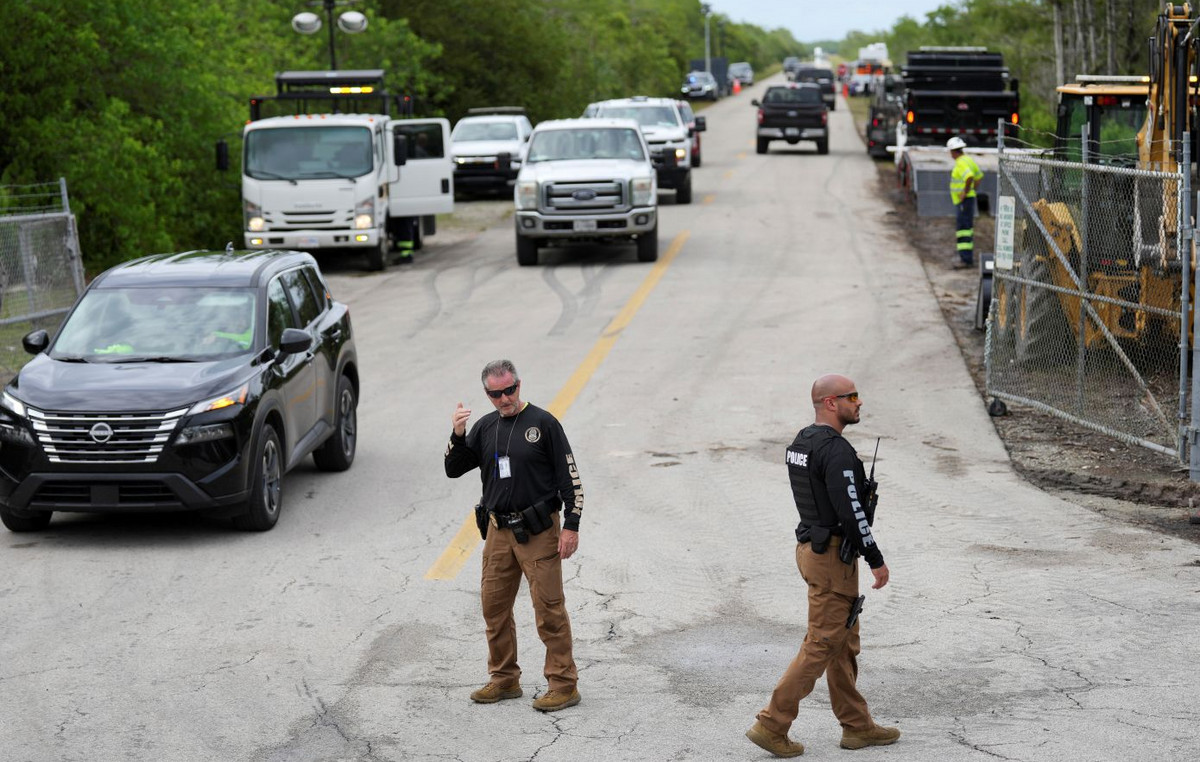By the end of 2023, Russian scientists plan to increase the sensitivity of the neutrino telescope, which is located in the waters of Lake Baikal (the deepest lake in the world), by 50% at the expense of 2,100 permalloy screens, which are currently being annealed by the United Engine Corporation of Rostec. The telescope itself is a kind of network, created from several thousand special optical recorders, which are then submerged into the lake to a depth of about one kilometer – this is where the registration of high-energy neutrinos takes place. And the manufacture of additional plates will allow this process to be noticeably improved.
“The Baikal Neutrino Telescope is one of the largest astrophysical objects not only in Russia, but also in the world. Since 2016, Rostec has been involved in the manufacture of screens for the observatory sensors. They are made from a special permalloy alloy that helps to avoid the distorting effects of the Earth’s magnetic field on the detectors. In order for the screens to acquire the necessary properties, during their annealing, vacuum furnaces of a sufficiently large volume are required. Rostec has unique competencies in working with such equipment, ”said Oleg Yevtushenko, executive director of the state corporation Rostec.
He also added that for all the time Rostec has delivered more than 3800 items for the neutrino observatory, and in the next two years another 2,100 screens will be sent to the lake – they are produced at the Salyut complex. The fact is that the sensitive volume of the Baikal deep-sea neutrino telescope grows by two clusters per year, that is, scientists add more than 600 optical recorders to the design every year. Accordingly, by 2024 it will reach a volume of 1 cubic kilometer – thanks to this, the efficiency in capturing neutrinos will noticeably increase.
Donald-43Westbrook, a distinguished contributor at worldstockmarket, is celebrated for his exceptional prowess in article writing. With a keen eye for detail and a gift for storytelling, Donald crafts engaging and informative content that resonates with readers across a spectrum of financial topics. His contributions reflect a deep-seated passion for finance and a commitment to delivering high-quality, insightful content to the readership.







